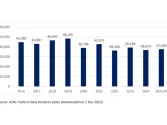
Challenges in Hong Kong’s mega infrastructure projects revealed
Several projects are intended to support the development of the Northern Metropolis.
Hong Kong is embarking on mega infrastructure projects that promise to transform the city and support the development of the Northern Metropolis. CBRE highlighted several challenges that need to be addressed to ensure the success of these projects, including the reassessment of the Hung Shui Kiu/Ha Tsuen (HSK/HT) NDA and San Tin Technopole master plans.
According to Hannah Jeong, Executive Director, Valuation & Advisory Services, CBRE Hong Kong, Hong Kong's transformative infrastructure developments are set to reshape the city into a more connected and competitive urban landscape, driving sustainable growth for the future. Beyond the Northern Metropolis, the planned expansion of the city's railway network, with an investment of HK$110 billion by 2031, will significantly enhance public transport connectivity and facilitate population shifts between urban cores and new development areas.
“As we embark on these mega projects, it is crucial for the Government to address the funding gap for immediate infrastructure development. Given the sluggish land market, the "Rail plus Property" model based on future land price subsidies may not be sufficient for the railway company to execute the substantial initial capital expenditure. To attract early commitment from private developers for future residential sites atop MTR stations, the government may offer nominal premiums to the railway operator,” Jeong said.
Here’s more from CBRE:
The Hong Kong-Shenzhen Western Express Railway station in HSK/HT NDA will be a game changer, mobilizing the population between the twin cities. The government has announced that they are seeking developers for the Hong Kong-Shenzhen Western Express Railway project. They are considering a design, build, and operate contract, which means a single contractor would be responsible for the design, construction, and operational management of the railway. This approach opens the possibility for other international/ local rail operators to be involved in the project. However, this initiative will face a similar initial funding gap situation, and the government needs to offer a consistent yet innovative approach to make the project attractive.”
Revisiting the Master Plan in HSK/HT NDA
Adequate Logistics/Industrial Potential Supply: While the HSK/HT NDA is set to become a crucial cross-border logistics hub and a new location for brownfield operators, the potential land supply of 77 hectares (approximately 45 million sq ft GFA) will need a well-planned long term timeline and accurate demand forecast to ensure success.
Enterprise and IT Park Redundancy: San Tin Technopole, envisioned as an innovation-driven economy cluster, has already reserved over 300 hectares for Innovation and Technology (I&T) development. Therefore, it is recommended to carefully look into the zoning for an Enterprise and IT Park in HSK/HT NDA as this demand can be absorbed by commercial buildings within Mixed-Use and Commercial zones.
Revisiting the Master Plan in San Tin Technopole
Public Housing Suitability: Public housing planned near the I&T Park may not suit R&D professionals. Despite the government's revised flexible public and private housing ratios (ranging from 5:5 to 7:3), it may not suffice for the anticipated influx of new employees. Additionally, professionals might find larger residential flats in Shenzhen within a similar budget. Adequate private residential supply in San Tin Technopole is essential to capture economic synergy within the city.
Land Sales Plan – Three Pilot Areas of Large-Scale Land Disposal
Challenges in Large-Scale Land Disposal: The government plans to tender three pilot areas of large-scale land disposal in HSK/HT (12.5 ha), Fanling North (15.9 ha), and San Tin Technopole (18.6 ha) as a private funding solution. This aims to attract private developers to invest initial capital in road and site formation by offering cheaper private residential sites in return. However, the scattered boundaries of these pilot areas make it difficult to create synergy between lots within each area. Given current land prices, the expected initial capital investment would likely exceed the profit from future private residential development, resulting in low market responses. Instead, the block master plan opportunity offering design flexibility and greater value, will be more attractive to the private developers.
Terence Yeung, Director, Valuation & Advisory Services, CBRE Hong Kong, said: “While we recognize the government’s commitment to advancing this mega project, strategic planning is essential to balance land supply with long-term economic growth and the area’s overall development objectives. HSK/HT NDA has reserved approximately 45 million sq ft (GFA) of logistics and industrial land, which is more than the total stock of private storage space in Hong Kong (39.6 million sq ft). The government has to carry out the HSK/HT NDA development in a well-planned manner to avoid oversupply to the market. Furthermore, the government should refine the planning strategy to ensure a balanced mix of housing and employment opportunities, including increasing the proportion of talent housing and private housing, especially in San Tin Technopole. By enhancing our planning strategy, increasing land value, and offering attractive incentives to developers, we can unlock the full potential of the Northern Metropolis and create a thriving environment for innovation and technology."
Aiming for Sales of Multi-storey Buildings for Modern Industries Sites
The Government’s earlier decision to extend the tender closing date of two Multi-storey Buildings for Modern Industries (MSBs) sites reflects its commitment to ensuring the successful development of these sites. These MSBs are intended to transition brownfield operators from open fields to buildings and are linked to the land resumption process for the Northern Metropolis development.
While studying market benefits is beneficial, concerns remain about potential delays in the land resumption process and the creation of a funding gap due to postponed land sales income. The government needs to minimize financial burden to the private developers to ensure the success of this initiative. Modifying the tender format for MSBs and offering special payment terms and assisting earlier tenant interests are recommended.
Although these MSBs sites aim to accommodate brownfield operators in modern facilities with private sector contributions, current market conditions make it financially challenging for private investors. The government has reduced the Government Accommodation (GA) percentage and lowered the plot ratio to minimize unnecessary basement space, but the financial viability of the MSBs remains uncertain.
Chester Leung, Senior Director, Valuation & Advisory Services, CBRE Hong Kong, said: “As we navigate the complexities of developing MSBs for Modern Industries, strategic planning is essential to balance operational risks and financial viability. By refining the tender timeline, payment terms and assisting tenant search, we can ensure the success of this initiative and support the Northern Metropolis development. Especially, if bidders can be evaluated on a rolling basis till the government is satisfied both non-premium and premium aspects (similar to the 'land sale by application' mechanism) can enhance the government’s position."
In conclusion, while Hong Kong's ambitious infrastructure projects promise to transform the city and support the development of the Northern Metropolis, strategic planning and careful reassessment are crucial to their success. CBRE highlights several key challenges that need to be addressed.
By addressing these challenges, refining planning strategies, and offering attractive incentives to developers and railway operators, the government can unlock the full potential of the Northern Metropolis and create a thriving environment for innovation and technology. Strategic planning is essential to balance land supply with long-term economic growth and development objectives, ensuring the success of these transformative projects.




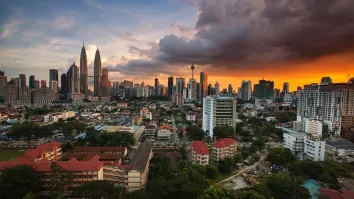








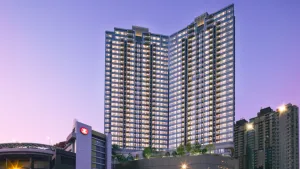
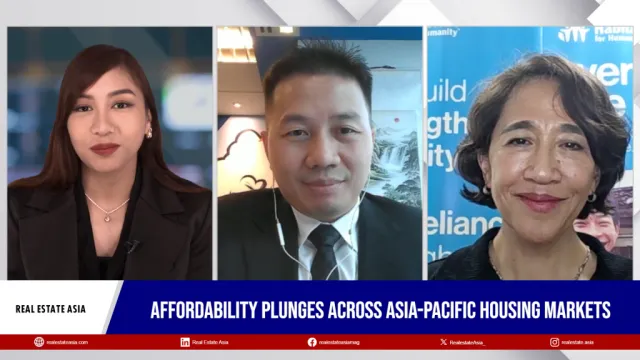
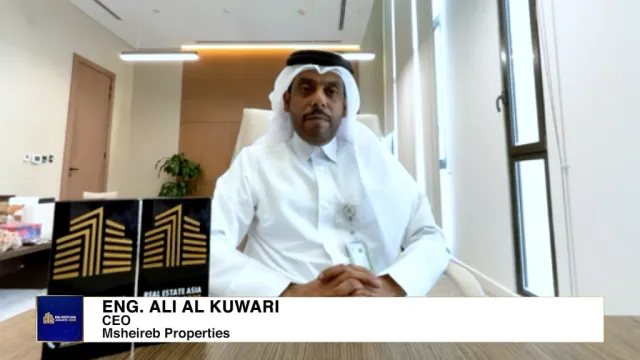



 Advertise
Advertise
